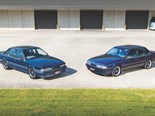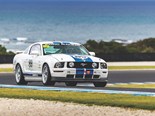Lambo Duo - La Dolce Vita!
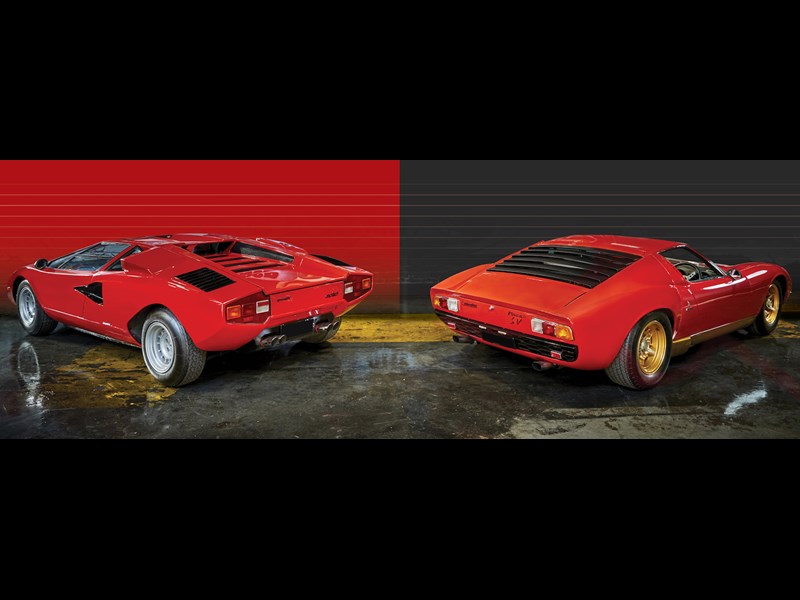

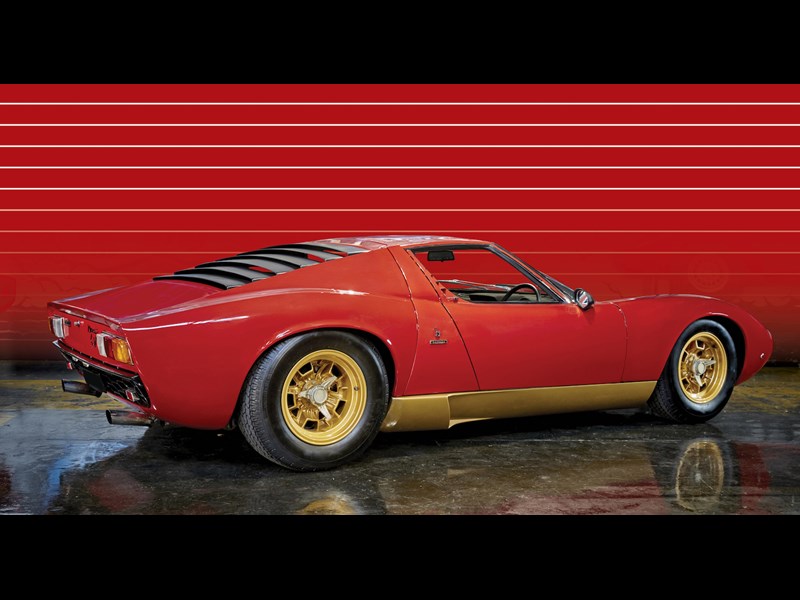

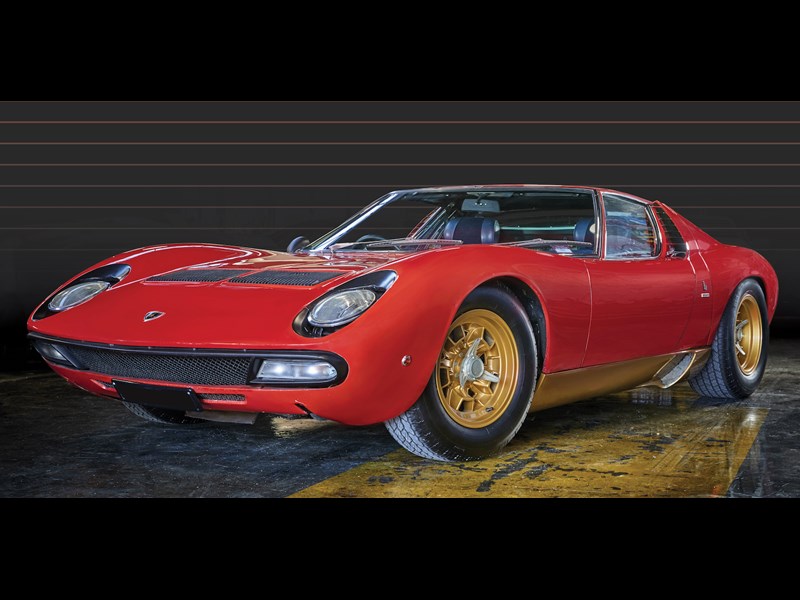

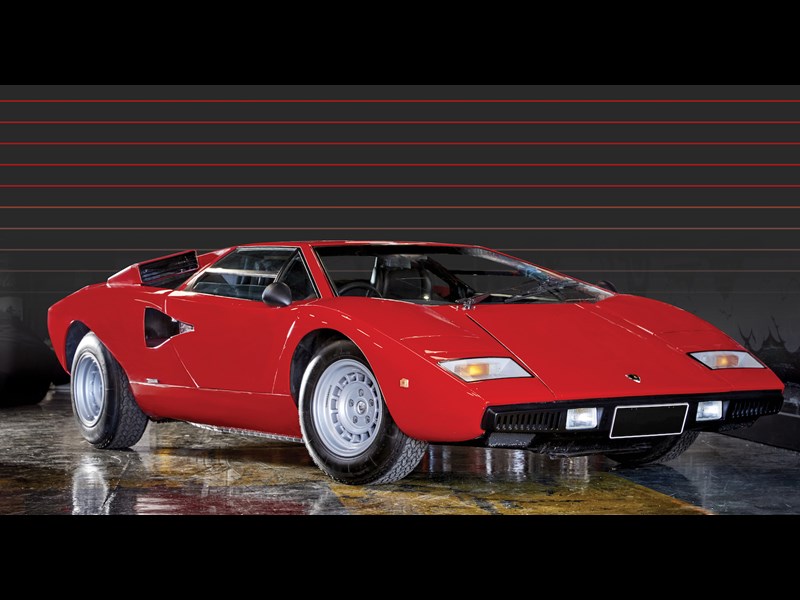

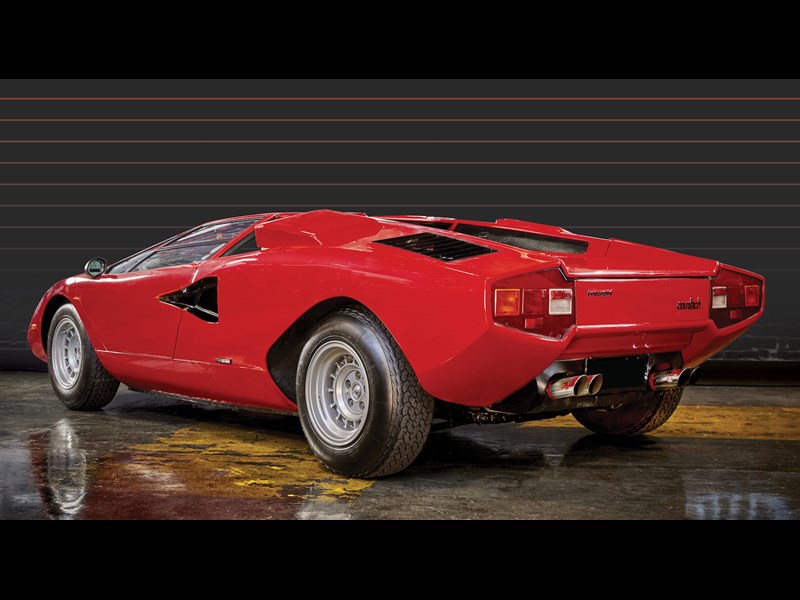

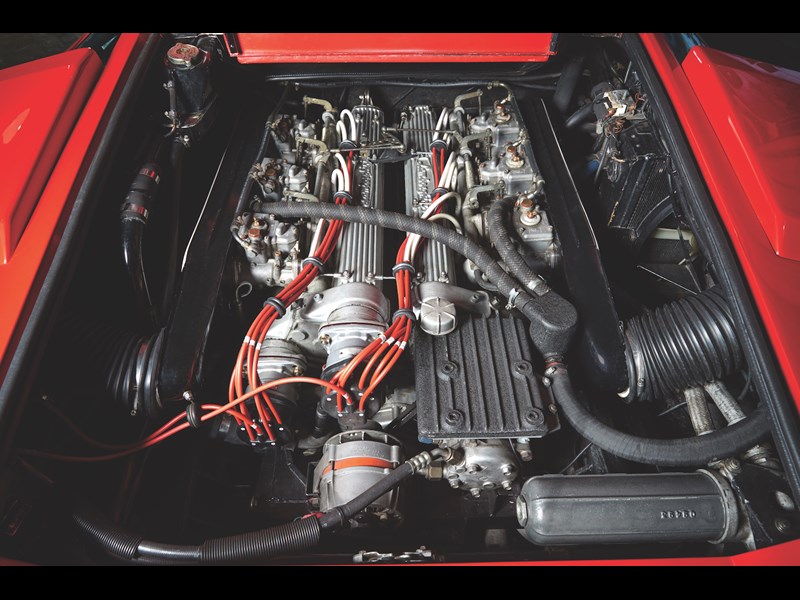





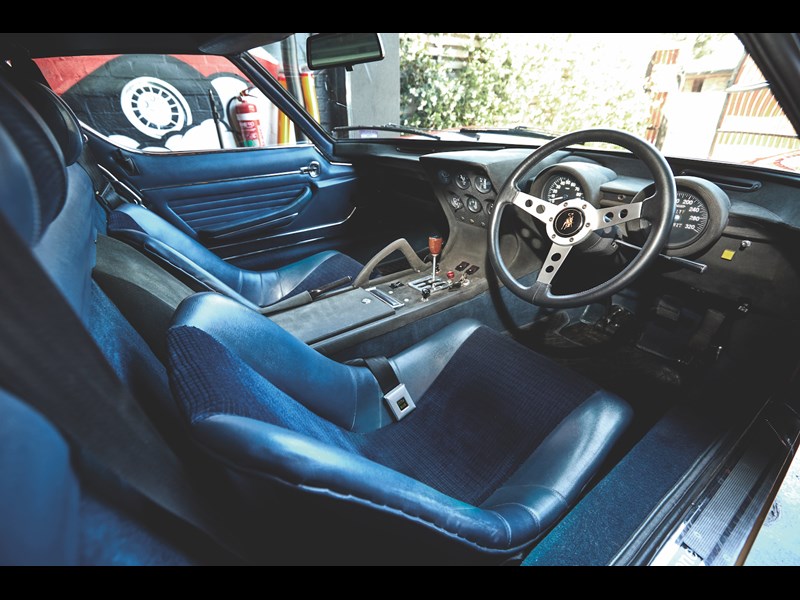

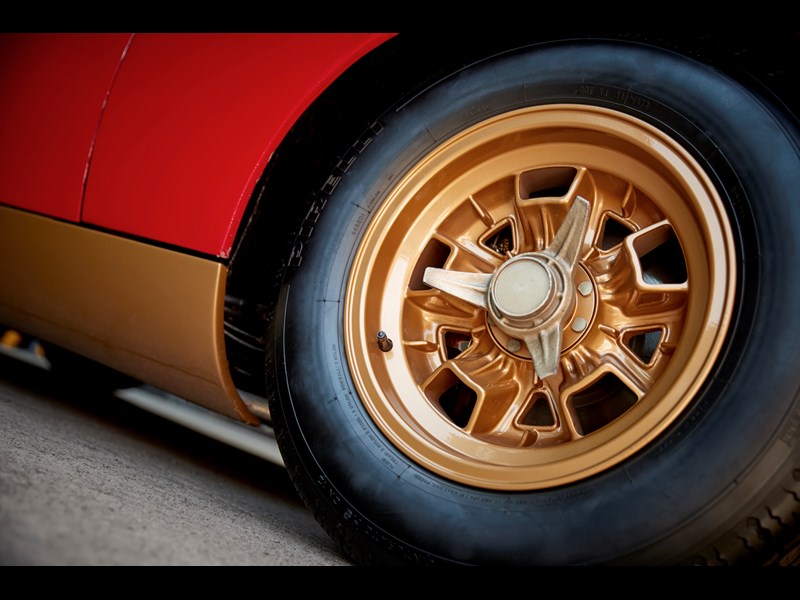


|

|

|

|

|

|

|

|

|

|
Both were bedroom wall poster cars, and both grab a crowd wherever they go. This pair epitomise Lamborghini's mystique.
If your taste-buds aren’t doing a bit of tingling at the sight of this pair of Latin lovelies, you might want to check yourself for a pulse. I mean, when was the last time you saw a Lamborghini Miura or a Countach in the wild? And I reckon I can answer accurately on your behalf, when the question becomes `and when did you last see them both in the one place?’.
But it gets better. Not only are we looking at the original mid-engined supercar in the Miura, the Countach is a not-so-difficult second album that really established the Lambo brand, as the stuff of dreams. But even within that rarefied air-up-there, the specialness continues. That’s because the two examples here represent (depending on who you talk to) the best iteration of each design.
The Miura, you see, is an SV model with more horsepower and a better sorted demeanour (including a greater resistance to bursting into flames at traffic lights). And the Countach here is the relatively unadorned LP400 original without the lairy wings, scoops and arch-flares of later Countachs, but, crucially, with the too-cool periscope rear-view mirror (hence Periscopo) called for by the almost total lack of vision to the rear. Ask a Lamborghini nut for their Miura/Countach wish-list, and the Miura SV and Countach Periscopo would/should be the models they write down.
 |
| Shouldn’t it read SSV for Super Special Vehicle. |
So let’s start with the Miura. You’ll pick an SV from the other Miura clan by the lack of eyelashes around the headlights and by the gold wheels and sill panels which was an SV-only thing (although a lot of non-SVs have been given the same gold highlights). Other differences include different tail-lights and wider rear haunches to fit the nine-inch rear alloys.
Under the reverse-hinged rear clamshell engine cover, the east-west mounted V12 retains its 3.9-litre capacity, but was boosted over the earlier Miura via different camshaft timing, to produce 283kW at 7850rpm and a meaningful 400Nm of torque at a thoroughbred-spec 5750rpm.
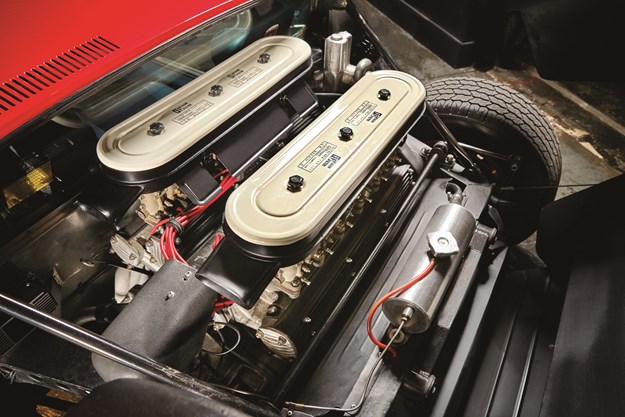 |
|
3.9lt V12 puts out 283kW. |
But the changes also included a shift from the thinly disguised racing carbys to a brace of four, triple-choke Webers which fixed the earlier Miura’s propensity to self-immolate on hot starts or when hitting the throttle after idling the engine for a few minutes. The other big news with this particular car is that, being a later-build SV, it has what’s called the split-sump arrangement. Earlier cars (and even some early SVs) used a single oil pan for both the engine and transmission for packaging reasons.
This meant that, like the original Mini, the engine oil and gearbox oil was one and the same. In a Mini, the lack of horsepower meant the gearbox didn’t cop such a hiding, but in the almost-400-horsepower Lambo, the cogs copped a bigger hiding, leading to fears that the inevitable metal shavings from the gearbox would be sent through the engine’s delicate oilways and bearing surfaces. It’s not a made-up concern, either.
Lamborghini’s solution was to engineer what’s known in Lambo circles as the split-sump. Fundamentally, the engine oil and gearbox oil were now separate, leaving the owner free to destroy the car in other, more imaginative ways. And regardless of whether the gearbox oil was shared or not, the exposed gate shift of the five-speed transaxle took some mastering.
Just 150 Miura SVs were ever made, and only two were factory-delivered to Australia. This 1972 model from the last 60 SVs ever made, is one of them. Interestingly, the original Aussie importer bought the cars in Italy in their standard left-hand-drive configuration, and then took them straight back to the factory to be converted.
 |
|
The seat we all want to plonk in. |
Of course, like any Miura, this car is distinguished by the fact that it simply does not have a bad angle. It’s difficult to think of a sexier, more graceful shape on four wheels, and if the Miura isn’t the best looking car ever made, please tell us what trumps it (letters and postcards to the usual address).
Which is not exactly something you can say of the Countach. Oh sure, it’s distinctive and couldn’t be mistaken for anything else, but its shtick is more about being outrageous and audacious than it is about looking pretty. Where the Miura leaves its top button undone, the Countach marches over and gooses you. Hell, even the name `Countach’ is a clue. It’s apparently the equivalent of a wolf-whistle in the local dialect in the region of Italy between Modena and Bologna where Lambos are born. Or so the story goes.
.jpg) |
| Its very, very wide. |
Even though the Countach nominally replaced the Miura (the Miura left showrooms in 1973, with the Countach muscling in, in ’74) the mechanical changes meant this was never a simple case of a new body, draped over the old hardware. Oh no.
The Countach design team’s first job, of course, was to work out what needed to be improved and work forwards from there. So, the laundry list of improvements included better weight distribution and handling, improved engine cooling and more performance. Two out of three aint bad.
 |
| Countach replaced Miura and couldn’t be more different. |
The need for greater rigidity was achieved by using a welded steel-tube space-frame with a separate floorpan. From that, the body panels were hung and while most people know that later Countachs used fibreglass and composite panels, those first LP400 cars from 1974 to 1978 (of which this car is one) were fitted entirely with aluminium outer panels. Beyond that, the car on these pages is one of just 22 right-hand-drive LP400s ever made and although it carries a 1977 build date, it was delivered new in ’78.
Engine cooling and servicing accessibility were improved by the new layout, and the scoops and NACA ducts that channel air to where it’s needed.
The weight distribution issue was addressed with a whole new mechanical layout. Yes, the Countach remained mid-engined, but now, the V12 was swung through 90-degrees to a north-south orientation and the gearbox moved from the very rear of the car to in front of the engine. That definitely equated to mass centralisation, but it also placed the five-speed roughly between the front seats (contributing to the width of the car). And how do you get drive back to the rear wheels with a dirty great V12 in the way? Well, you produce a sump with a tunnel through it, through which runs a drive-shaft from the gearbox’s output shaft to a sort-of conventional diff at the rear of the assembly (and still part of the engine casting). And no, it doesn’t sound more complex than it really is.
But the results spoke for themselves, including greater flickability and less tendency for lift-off oversteer to raise its ugly head, although the massive alloy wheels and tyres might have helped there, too.
So performance, then. Well, the original plan was to hog the 3.9-litre V12 out to five litres and call it a day. Problem was, every time the engineers took the thing much beyond the original capacity, the V12 would hand-grenade in testing. Eventually they got it right, of course, or the 4.8-litre LP500S of 1982 would never have happened, and ultimately the V12 was embiggened all the way to 5.2 litres for the LP5000 of 1985 which also switched to four-valve cylinder heads.
But this was not an easy row to hoe and Lamborghini eventually ran out of time, which is why the original LP400 got more or less the 3.9-litre engine lifted from the Miura. To rub a bit of salt in, power actually fell a few kilowatts to 276 at 8000rpm, a situation largely blamed on the switch from the Miura’s four three-barrel Webers to six twin-barrels on the Countach.
.jpg) |
| And the other wheel we want to sit in front of. |
In other ways, too, the Countach was a bit of a victim of its own excess. The huge width, for instance, meant that conventional doors would have smacked the walls of all but the widest garages. So, the scissor door deal was sketched up, turning the garage ceiling in to the new villain. And that outrageous wedge shape meant the car had zero rear visibility, leading to some Countach owners developing the technique of sitting on the sill, looking back over the car for any reversing moves.
And yet, somehow, that stuff hasn’t tarnished the Countach one bit. In fact, it’s all considered part of the theatre, underlining the fact that the whole Lamborghini experience was once all about making you smile, rather than necessarily getting you where you needed to be. Maybe not much has changed.
VITAL STATS
1977 LAMBORGHINI COUNTACH LP 400
Production run: 150
Body: Tubular space-frame, aluminium panels
Engine: 3929cc 60-degree V12, 6 x Weber 45 DCOE side-draft carburettors
Power: 276kW at 8000rpm
Torque: 365Nm at 5000rpm
Performance:
0-100km/h: 5.6 seconds
0-400m: 14.4 seconds
Gearbox: 5-speed manual
Suspension: Unequal length upper and lower arms, coil springs, anti-roll bar (f); upper lateral links, upper and lower trailing arms, coils, anti-roll bar (r)
Brakes: Ventilated discs (f); ventilated discs (r)
Wheels: Cast-alloy Campagnolo; 7.5 x 14 (f);
9.5 x 15 (r)
1972 LAMBORGHINI MIURA SV
Production run:
150 (SV)
Body: Steel monocoque, aluminium body sections
Engine: 3929cc 60-degree V12, 4 x triple-choke Weber downdraft carbs
Power: 283kW at 7850rpm
Torque: 400Nm at 5750rpm
Performance:
0-100km/h: 6.5 seconds
0-400m: 14.3 seconds
Gearbox: 5-speed manual
Suspension: Upper and lower wishbones, coils,
anti-roll bar (f); Upper and lower wishbones, coils,
anti-roll bar (r)
Brakes: Ventilated discs (f); ventilated discs (r)
Wheels: Cast-alloy Campagnolo; 7 X 15 (f);
9 X 15 (r)
Unique Cars magazine Value Guides
Sell your car for free right here
Get your monthly fix of news, reviews and stories on the greatest cars and minds in the automotive world.
Subscribe

.jpg)









